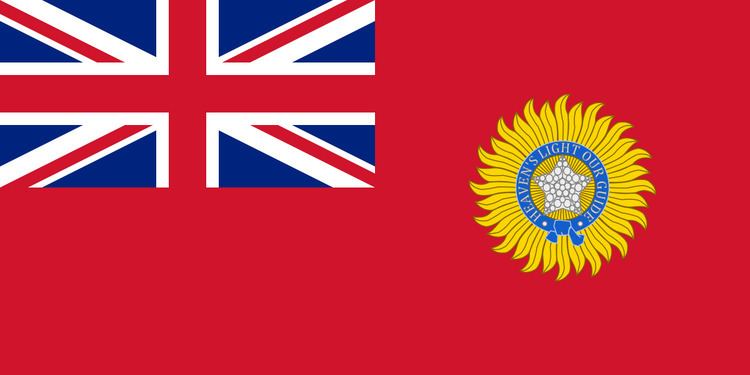21 March 1912–15 August 1947 → → | Date dissolved 1947 | |
 | ||
Area 140,118 km (54,100 sq mi) | ||
India orders sealing of border with bangladesh in assam province 03 jun 2016
Assam Province was a province of British India, created in 1911 by the partition of the Eastern Bengal and Assam Province. Its capital was in Shillong.
Contents
- India orders sealing of border with bangladesh in assam province 03 jun 2016
- Development issues take over in india s poll bound assam province mar 30 2016
- History
- Chief commissioners
- Governors
- Chief Ministers
- Deputy Commissioners of the Naga Hills District
- References
The Assam territory was first separated from Bengal in 1874 as the 'North-East Frontier' non-regulation province. It was incorporated into the new province of Eastern Bengal and Assam in 1905 and re-established as a province in 1912.
Development issues take over in india s poll bound assam province mar 30 2016
History
In 1824 Assam was occupied by British forces following the First Anglo-Burmese War and on 24 February 1826 it was ceded to Britain by Burma. Between 1826 and 1832 Assam was made part of Bengal under the Bengal Presidency. From 1832 to October 1838 the Assam princely state was restored in Upper Assam while the British ruled in Lower Assam. Purandar Singha was allowed to rule as king of Upper Assam in 1833, but after that brief period Assam was annexed to Bengal by the British. In 1873 British political control was imposed on western Naga communities. On 6 February 1874 Assam, including Sylhet, was severed from Bengal to form the Assam Chief-Commissionership, also known as the 'North-East Frontier'. Shillong was chosen as the capital of the Non-Regulation Province of Assam in September 1874. The Lushai Hills were transferred to Assam in 1897. The new Commissionership included the five districts of Assam proper (Kamrup, Nagaon, Darrang, Sibsagar and Lakhimpur), Khasi-Jaintia Hills, Garo Hills, Naga Hills, Goalpara and Sylhet-Cachar comprising about 54,100 sq miles. Ironically, Cooch Behar a historical part of Assam, was left out.
From 16 October 1905 Assam became part of the Province of East Bengal and Assam. The province was annulled in 1911 following a sustained mass protest campaign and on 1 April 1912 the two parts of Bengal were reunited and a new partition based on language followed, Oriya and Assamese areas were separated to form new administrative units: Bihar and Orissa Province was created to the west, and Assam Province to the east.
British India's Montagu-Chelmsford Reforms enacted through the Government of India Act 1919 expanded the Assam Legislative Council and introduced the principle of dyarchy, whereby certain responsibilities such as agriculture, health, education, and local government, were transferred to elected ministers. Some of the Indian ministers under the dyarchy scheme were Sir Syed Muhammad Saadulla (Education and Agriculture 1924-1934) and Rai Bahadur Promode Chandra Dutta (Local Self-government).
The Government of India Act 1935 provided provincial autonomy and further enlarged the elected provincial legislature to 108 elected members. In 1937 elections were held for the newly created Assam Legislative Assembly established in Shillong. The Indian National Congress had the maximum number of seats with 38 members but declined to form a government. Therefore, Sir Syed Muhammad Saadulla was invited to form the government. Saadulla's government resigned in September, 1938 and the Governor then invited Gopinath Bordoloi. Bordoloi's cabinet included future President of India Fakhruddin Ali Ahmed. In 1939, all of the Congress ministries in British Indian provinces resigned and a new government under Saadulla was formed.
Sir Syed Muhammad Saadulla remained as the Premier or Chief Minister of Assam till 1946 barring a brief period of Governor Rule. During the Japanese invasion of India in 1944, some areas of Assam Province, including the Naga Hills district and part of the Manipur princely state, were occupied by Japanese forces between mid March and July.
When fresh elections to the provincial legislatures were called in 1946, the Congress won a majority in Assam and Bordoloi was again the Chief Minister. Prior to the Independence of India, on 1 April 1946, Assam Province was granted self-rule and on 15 August 1947 it became part of the Indian Union. Bordoloi continued as the Chief Minister even after India's independence in 1947.
